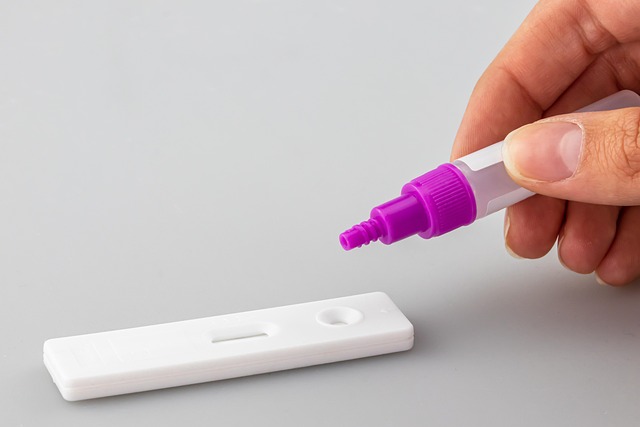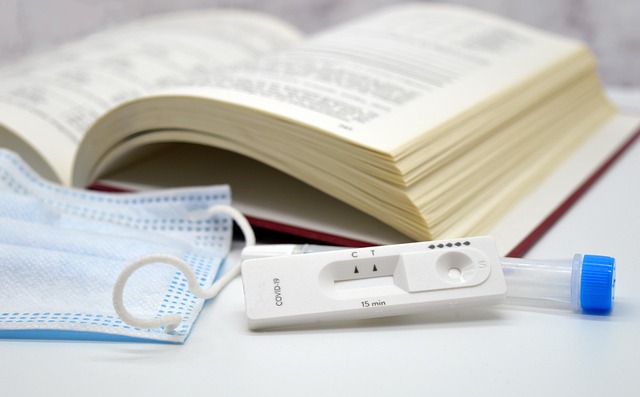Lead paint contamination remains a significant health risk in San Antonio's older housing stock, especially to children. To protect them, regular soil testing and diligent maintenance like good ventilation and peeling paint repairs are crucial. Using approved methods and reliable lab analysis (AAS or ICP-MS), conduct thorough soil checks for lead. If levels exceed safety thresholds, take immediate action (e.g., removing contaminated soil) and schedule regular retesting to safeguard play areas around homes.
In San Antonio, protecting children from lead paint contamination in homes is paramount. This comprehensive guide delves into the critical aspect of soil testing as a vital step for ensuring child safety. Lead paint, once prevalent, can leave persistent remnants in soil, posing significant health risks to young residents. Understanding the implications and learning how to conduct effective lead testing are essential steps toward creating a safer environment for San Antonio’s children.
- Understanding Lead Paint Contamination in San Antonio Homes
- Why Soil Testing is Crucial for Child Safety
- Comprehensive Steps for Conducting and Interpreting Lead Testing Results
Understanding Lead Paint Contamination in San Antonio Homes

Lead paint contamination is a significant concern in many older homes, and San Antonio is no exception. With a large number of homes built before 1978, when lead-based paint was banned, there’s a heightened risk of lead exposure for residents, especially children. Lead paint can degrade over time due to wear and tear, resulting in dust particles that become airborne or settle onto surfaces, posing a health hazard.
Protecting children from lead paint in San Antonio homes is paramount as their developing bodies are more susceptible to the toxic effects of lead. Regular testing is crucial, especially for homes built before 1978, to identify and mitigate any potential contamination sources. Homeowners can take proactive measures such as maintaining good ventilation, regularly cleaning dust-prone areas, and repairing or replacing peeling paint to minimize exposure risks.
Why Soil Testing is Crucial for Child Safety

Soil testing plays a pivotal role in safeguarding the well-being of children, especially in urban areas like San Antonio where lead paint contamination can pose significant risks. Lead is a highly toxic metal that can have severe and lasting effects on young minds, leading to developmental delays, learning disabilities, and even behavioral issues. Children are particularly vulnerable due to their developing bodies and tendency to ingest non-food items, making soil contaminated with lead paint particles a potential source of exposure.
Regular testing ensures that parents, caregivers, and property owners can take proactive measures to protect children from this invisible hazard. By identifying lead contamination in soil, necessary steps can be taken to mitigate the risk, such as proper landscaping, planting safety-approved grass or shrubs, or even removing contaminated soil altogether. These actions contribute to a healthier environment for kids to play and grow, ultimately preventing potential long-term health complications associated with lead exposure.
Comprehensive Steps for Conducting and Interpreting Lead Testing Results

To effectively protect children from lead paint in San Antonio homes, conducting comprehensive soil contamination checks is paramount. Start by collecting samples from various locations around the property, focusing on areas with potential historical lead exposure, such as near old buildings or paved surfaces. Use approved sampling methods and kits to ensure accurate results. Once collected, send the samples for laboratory analysis, employing reliable and validated techniques like atomic absorption spectrometry (AAS) or inductively coupled plasma mass spectrometry (ICP-MS). These methods can detect even trace amounts of lead, providing a clear picture of soil contamination levels.
After receiving the test results, interpret them in the context of local regulations and guidelines for safe play areas. If lead levels exceed established safety thresholds, take immediate action to mitigate the risk. This might involve removing contaminated soil, repaving, or implementing barriers to restrict access to affected areas. Regular retesting is crucial to monitor changes in contamination levels over time and ensure continuous protection for children playing in and around San Antonio homes.
Protecting children from lead paint in San Antonio homes is paramount for their health and development. By understanding the risks associated with lead paint contamination and utilizing comprehensive soil testing methods, homeowners can take proactive steps to ensure a safer environment. Following the outlined steps for conducting and interpreting lead testing results allows for informed decisions and effective remediation, ultimately safeguarding folks, especially children, from potential harm.
